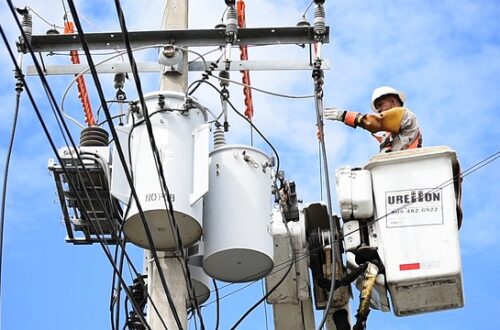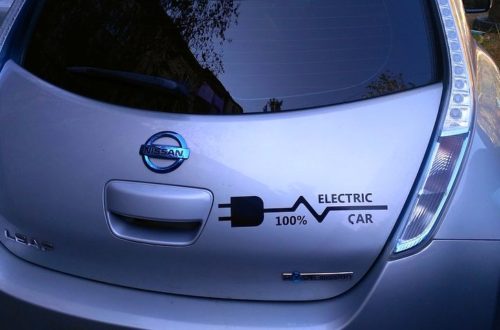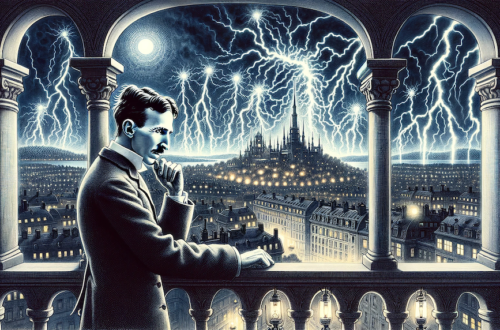As the temperatures outside drop this winter, keep your home’s interior warm and comfortable with these effective heat-saving strategies. The following tips will also help your household conserve energy and reduce utility costs throughout this season.
1. Hang Thermal Curtains
Cover windows with heavy, woven drapes to prevent heat from escaping through the glass panes. Keep the curtains open during the day so that natural light can filter through, and close them at night to trap warmth inside. This initiative can save approximately 10%–25% on monthly electric bills.
2. Program the Thermostat
Regulate internal temperatures with a pre-set thermostat to ensure the HVAC runs at a constant rate. Maximize overall energy usage by 20% with these recommended settings: 68 degrees (6 a.m.–9 a.m.), 60 degrees (9 a.m.–5:30 p.m.), 68 degrees (5:30 p.m.–11 p.m.) and 60 degrees (11 p.m. to 6 a.m.).
3. Install Indoor Shutters
Opt for adjustable shutters to control the amount of sunlight entering a room without any heat loss. Secure the shutters tightly each night in order for this solar-generated warmth to remain inside after dark. These fixtures provide decorative curb appeal, while cutting electric costs by 25%–30% per month.
4. Utilize Window Films
Protect windows with sheets of adhesive film to create a barrier between the glass and heat convection. Find this product at any home improvement store and attach it directly to the panes during cold weather months. The 10% annual utility savings make this a cost effective and energy-efficient project.
5. Seal Drafts and Leaks
Caulk fissures framework around the house to keep cool air from slipping through these cracks. Overlooked openings cause the majority of seasonal heat loss, so reduce electric bills up to 20% by sealing off fireplaces, doors, stairways, windows, floorboards, exposed beams and exhaust ducts.
6. Wrap Outdoor Pipes
Insulate both interior and exterior pipes to conserve hot water and minimize the threat of frozen plumbing. Purchase pre-slit pipe foam from a local hardware store so these drainage systems will not potentially burst. This also allows for water temperature reduction, which lowers utility costs by 3%–5%.
7. Harness the Oven Heat
Keep the oven partially open while cooking to spread warmth around the kitchen and contiguous spaces. This low-emission method of circulating heat can result in approximately 5% energy savings. Just remember to close the oven completely once this appliance is no longer being used.
8. Insulate Attic Hatches
Seal off faulty ductwork in the attic door to stop cool air from infiltrating the main living area. Apply adhesive or spray-on insulator to any gaps around the attic hatch, then test the application to ensure it won’t fall off when the door opens. Up-to-code insulation will cut electric costs by about 30%.
9. Moderate Fan Usage
Redirect all ceiling fans in a counterclockwise motion to concentrate heat toward the floor. In addition, turn off ventilation units in the bathroom or kitchen whenever these rooms are not occupied, and regulate the humidity at 30%–60%. These strategies expend less electricity than cranking up the HVAC.
10. Air Out Main Rooms
Open the doors of commonly frequented rooms to prevent drafts from permeating these areas. Allow warmth to circulate unobstructed throughout bedrooms, home offices and other central spaces by making sure air can flow freely from room-to-room. This heat saver promotes 5% energy conservation.
Although winter is known for its icy wind-chill and unpredictable weather, your whole family can stay cozy indoors, thanks to these pointers. How do you keep the house warm this time of year, while still saving money? Share your tips in the comment section below.






